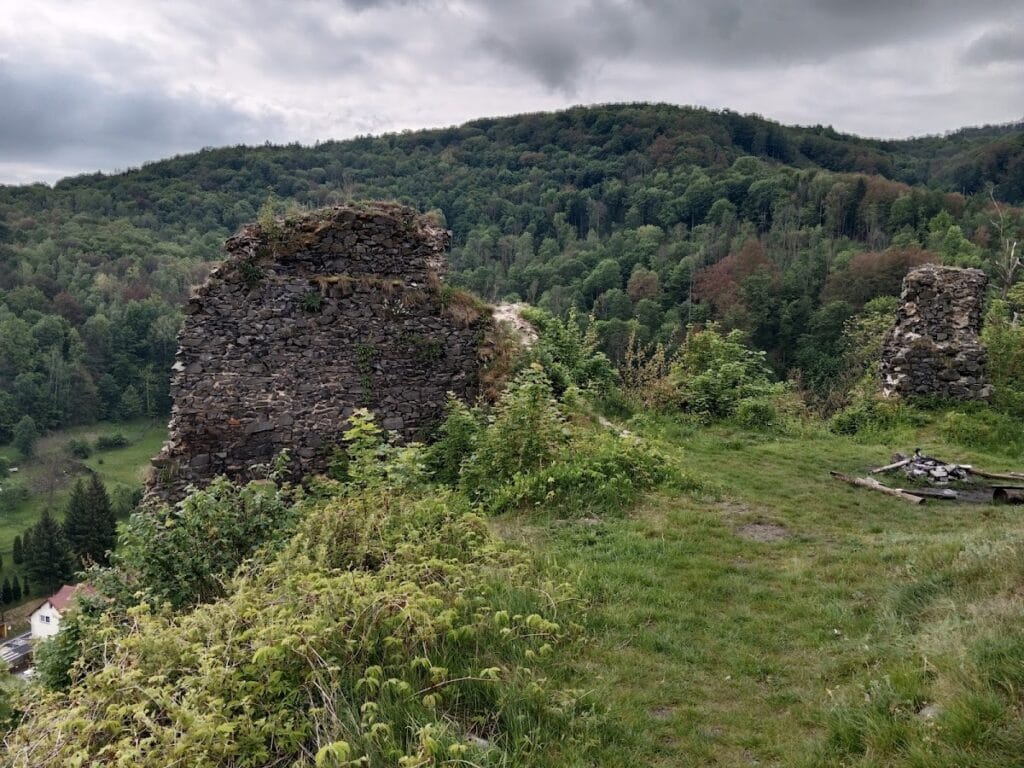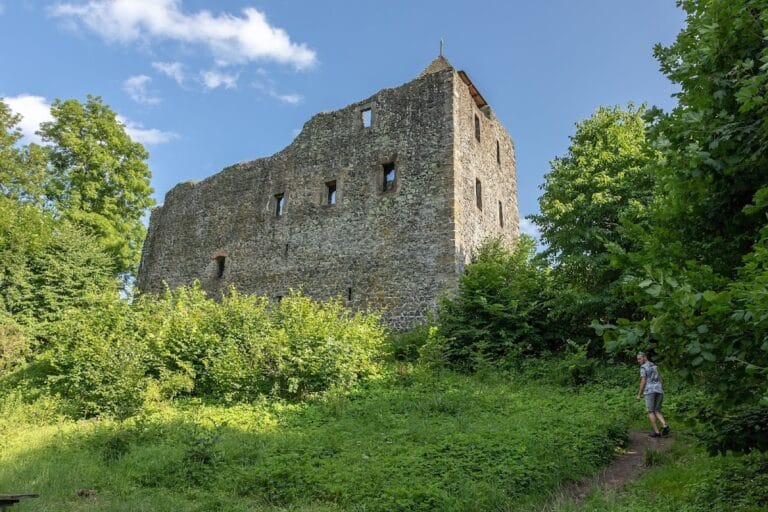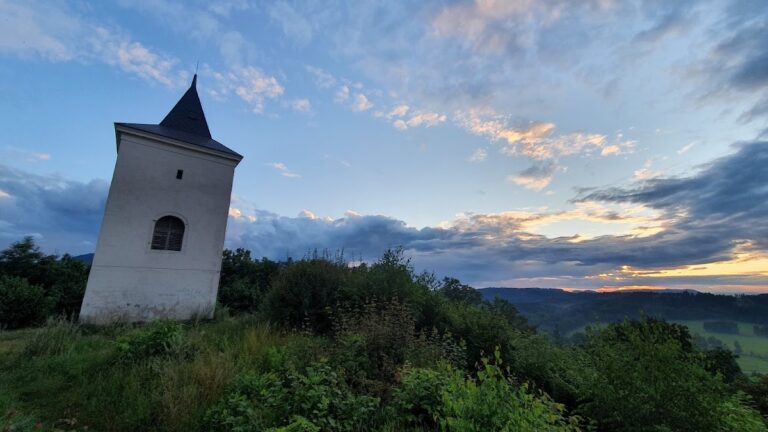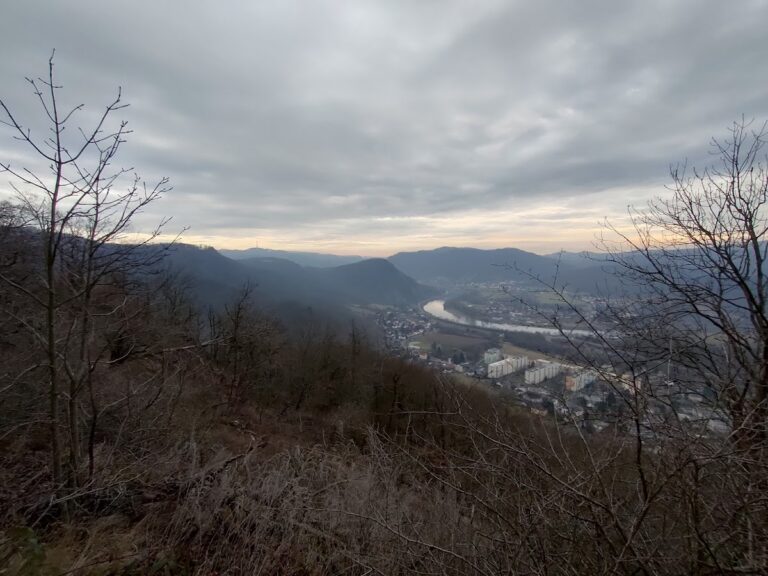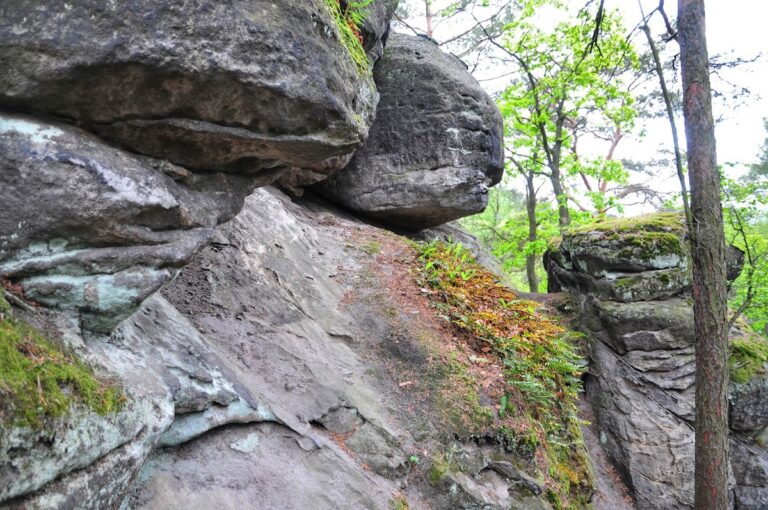Ostrý Castle: A Medieval Stronghold in the Czech Republic
Visitor Information
Google Rating: 4.5
Popularity: Low
Google Maps: View on Google Maps
Country: Czechia
Civilization: Medieval European
Remains: Military
History
Ostrý Castle is located in the municipality of Ústí nad Labem-Františkov nad Ploučnicí in the Czech Republic. This medieval stronghold was constructed in the mid-13th century by the Markvartici family on lands belonging to the Bohemian crown.
The earliest records of Ostrý Castle, originally known as Šarfenštejn (from the German Scharfenstein), date back to a seal from 1268. The surrounding region’s population initially included Serbs, followed by settlers from Saxony who contributed to the local community. In 1283, King Václav II, then a youth, granted ownership of the fortress to Jan of Michalovice. The Michalovice family maintained control of the castle for over a century, until 1406, when it passed into the hands of Hynek Berka of Dubá. Later, the stronghold became part of the estates of the Vartenberk family.
Military conflict played a significant role in the castle’s history. In 1445, forces from Lusatia, a region to the north, besieged and seized Ostrý Castle amidst hostilities involving the Vartenberks and the Six-City League of Upper Lusatia, an alliance of towns with mutual defense interests. During this confrontation, the castle was burned, leading to extensive damage.
After 1515, Ostrý Castle was abandoned and gradually deteriorated into ruins. Despite this decline, the site has been formally recognized as a cultural monument since 1966, preserving its legacy within the regional historical narrative.
Remains
Ostrý Castle stands on a narrow ridge composed of basalt rock, elevated about 250 meters above the surrounding landscape. This natural position provided strategic defense, as the Ploučnice River surrounds the site on three sides, leaving only the western side accessible by a road that runs along the ridge’s edge.
The castle’s layout featured a pentagonal design at its core, a somewhat uncommon shape which contributed to its defensive capabilities. Its entrance was originally secured by a strong wall that was later strengthened with a buttress, a projecting support built to reinforce the structure’s stability. An additional sturdy wall protected the castle’s western approach, safeguarding its most vulnerable access point.
A prominent feature of the fortress was the bergfried, a tall, free-standing tower added at a later stage on the side facing the entrance. In medieval castles, a bergfried typically served as a last refuge during attacks and as a lookout point. This tower remains the most visually dominant element of the ruins and commands views over the valley below.
Opposite the bergfried stood the palace building, where the castle’s inhabitants once lived, but this structure has not survived. Today, visitors can still see sections of the outer walls alongside the bergfried, both standing as remnants of the castle’s original form. These remains rest quietly on the ridge, reflecting centuries of history embedded in the stones.

